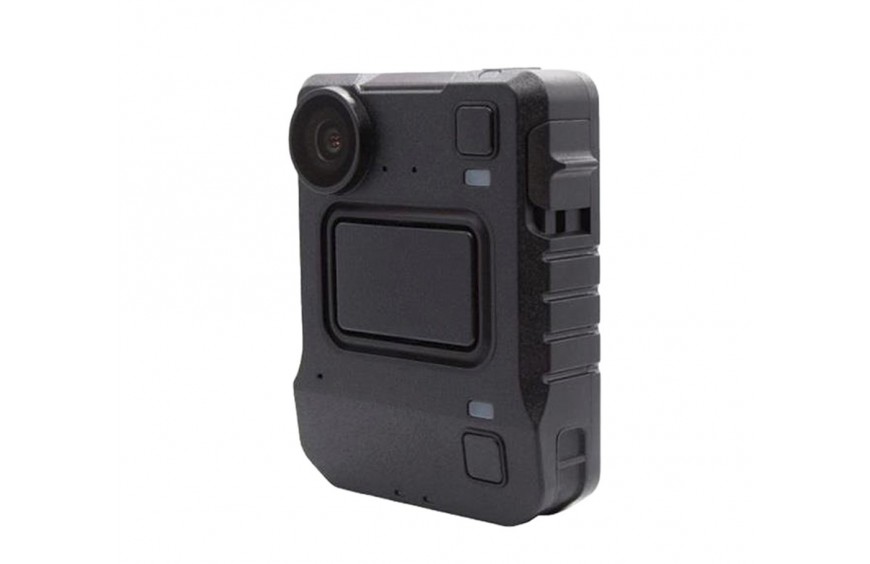What are the disadvantages of body worn cameras?
Body-worn cameras, while rising in prominence among law enforcement worldwide, are not without their drawbacks. These devices, designed to capture an unbiased, objective record of incidents, have stirred a complex debate involving issues of privacy, cost, and the potential for misuse. As we delve into a comprehensive analysis of these disadvantages, we aim to present a balanced perspective on the use of body-worn cameras.
Body-worn cameras and de-escalation
One of the main arguments in favor of body-worn cameras is their potential to de-escalate conflicts and reduce use-of-force incidents. However, studies have shown mixed results when it comes to this benefit.
On one hand, a study conducted by the University of Cambridge showed that the use of body-worn cameras led to a 93% reduction in complaints against officers. This suggests that the presence of these cameras alone can have a calming effect, making both the police and members of the public more conscious of their behavior.
On the other hand, a study by The Leadership Conference on Civil and Human Rights found no significant difference in use-of-force incidents between officers equipped with body-worn cameras and those without. In fact, in some cases, officers wearing cameras reported using force more often than those without.
Furthermore, body-worn cameras may actually increase tensions and escalate conflicts. In a study by the University of Florida, researchers found that suspects were more likely to resist arrest when they knew they were being recorded. This could be due to a fear of having their actions used against them or feeling like they are being unjustly treated.
Privacy and trust concerns
Another major disadvantage of body-worn cameras is the potential invasion of privacy. Privacy advocates argue that these cameras violate the civil liberties of both individuals who are recorded and those in close proximity to them. They also raise concerns about whether officers should have the discretion to record in certain private areas, such as homes or hospitals.
Additionally, issues of trust arise when it comes to the handling and storage of body-worn camera footage. The public may question the security measures in place to protect their personal information and whether there is potential for abuse or misuse of this footage by law enforcement. This could further strain the already tense relationship between police and the communities they serve.
Costs and resources
Lastly, the implementation and maintenance of body-worn cameras also come at a significant cost. In addition to purchasing the equipment, there are expenses for data storage, training, and policy development. This can add up to millions of dollars for police departments, which may not have the necessary budget or resources to support such an initiative.
Moreover, body-worn cameras require additional manpower and time to properly manage and review the footage. This means taking officers off the field and away from their regular duties, which could potentially impact response times and overall efficiency.
Storage of Information
Data storage is a significant technical concern with body-worn cameras. The amount of footage collected can quickly become overwhelming, and departments must have the resources to properly store and manage this data. This includes implementing secure cloud storage or investing in physical servers.
Battery life is also a common issue with body-worn cameras. In high-intensity situations, officers may forget to turn on their cameras or the battery may die, rendering the footage useless. Therefore, it is essential to have reliable and long-lasting battery life for these devices.

Leave a Reply Cancel Reply